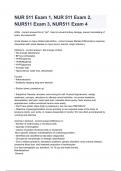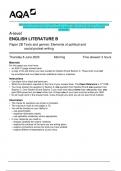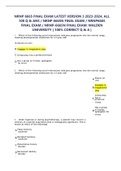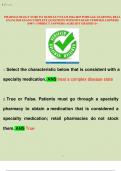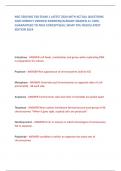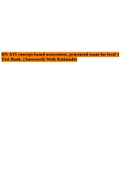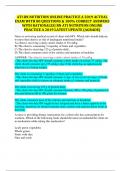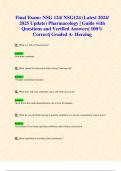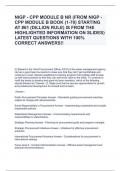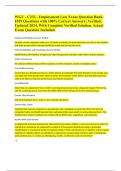Exam (elaborations)
NUR 511 Exam 1, NUR 511 Exam 2, NUR511 Exam 3, NUR511 Exam 4 Questions with 100% Actual correct answers | verified | latest update | Graded A+ | Already Passed | Complete Solution
- Course
- Institution
NUR 511 Exam 1, NUR 511 Exam 2, NUR511 Exam 3, NUR511 Exam 4 Questions with 100% Actual correct answers | verified | latest update | Graded A+ | Already Passed | Complete Solution
[Show more]
